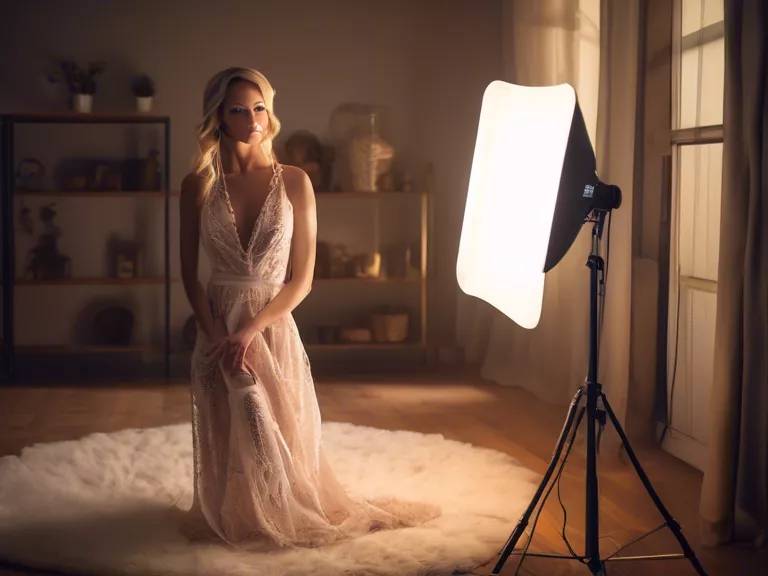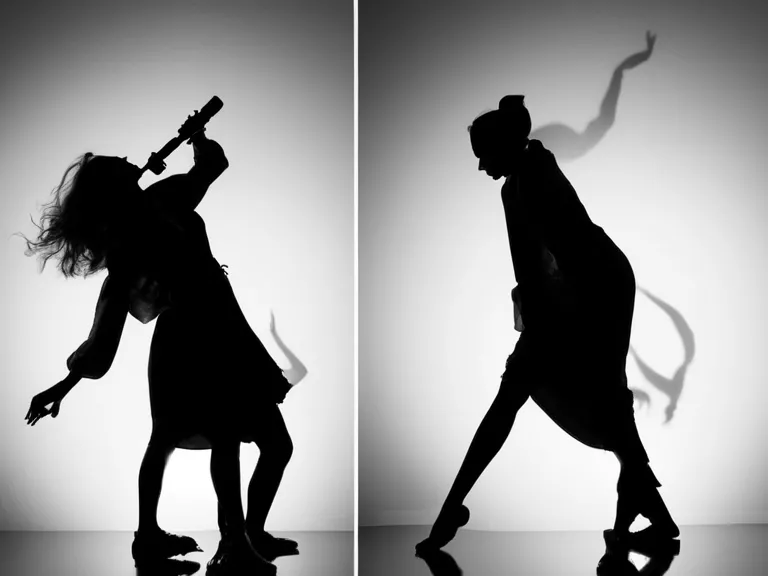
Composition is a crucial aspect of photography that can make or break a photo. One popular rule that can help improve your composition is the rule of thirds. By using this rule effectively, you can create more visually appealing and balanced images. In this article, we will discuss how you can improve your composition with the rule of thirds in photography.
The rule of thirds is a rule of thumb that suggests dividing an image into nine equal parts using two horizontal and two vertical lines. The key elements of the composition, such as the subject or focal points, should be placed along these lines or at their intersections. This helps create a more engaging and balanced composition, as opposed to placing the subject directly at the center of the frame.
To apply the rule of thirds in your photography, start by imagining these lines and intersections on your viewfinder or screen while framing the shot. When shooting landscapes, you can place the horizon along the horizontal lines to create a well-balanced composition. For portraits, position the subject's eyes or face along the vertical lines to draw the viewer's attention to the most important elements of the image.
Another way to use the rule of thirds is by incorporating leading lines that guide the viewer's eye towards the focal points. By aligning these lines with the imaginary grid, you can create a sense of depth and movement in your photos. Additionally, you can experiment with asymmetrical compositions by placing different elements of the image along the lines to create visual interest and balance.
In conclusion, the rule of thirds is a simple yet powerful tool that can greatly improve your composition in photography. By leveraging this rule effectively, you can create more dynamic and visually appealing images that capture the viewer's attention. So next time you're out shooting, remember to apply the rule of thirds to elevate your compositions to the next level.



